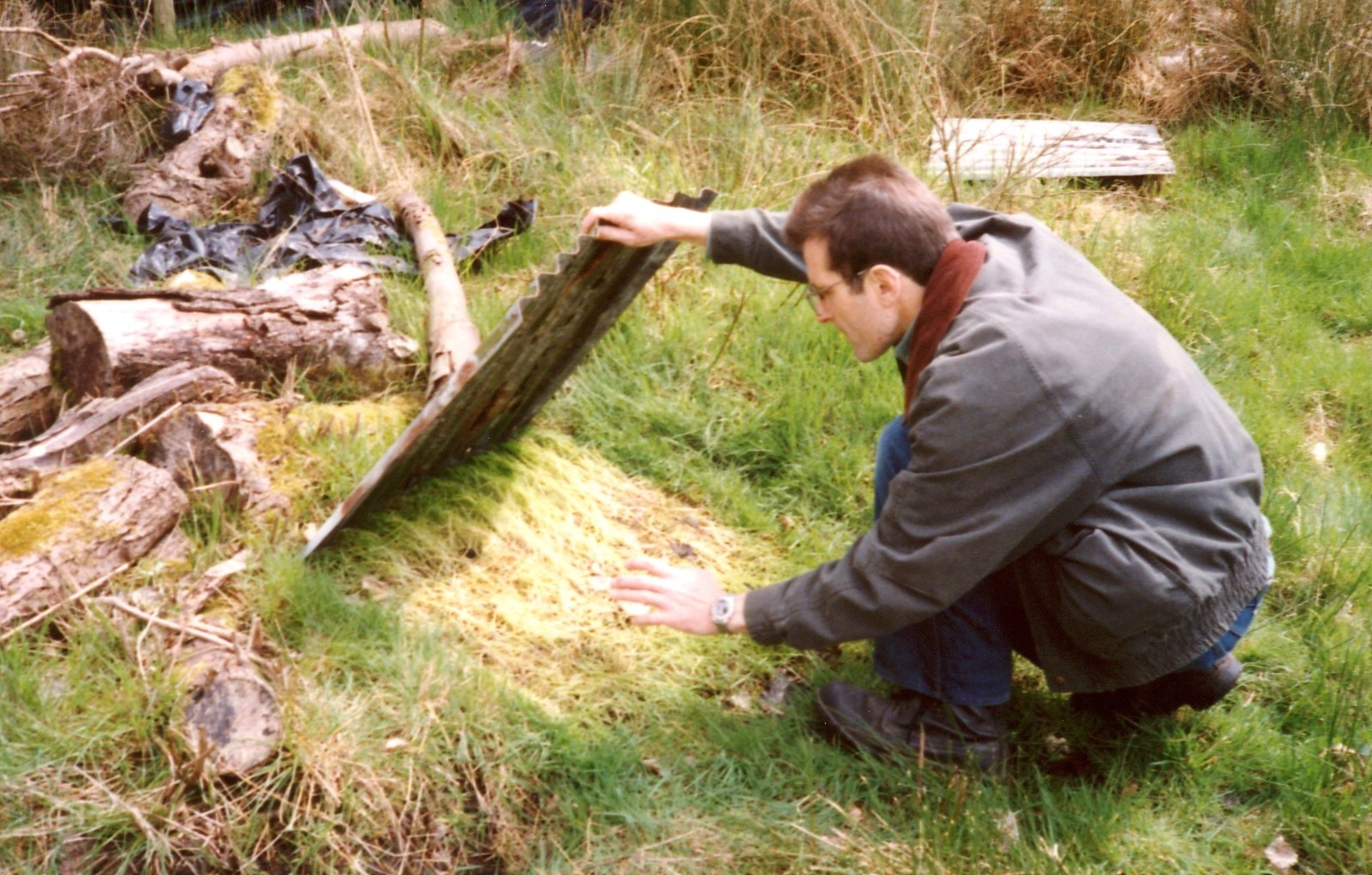WWT London Wetland Centre: A year in two minutes
[yframe url='http://www.youtube.com/watch?v=ms6xdSLqJkg']Warden Mike Caiden took photographs of WWT London Wetland Centre from different angles as he worked outside throughout 2011, managing the Centre’s wide range of habitats. Mike edited the images together to make a short film showing the transformation that WWT London Wetland Centre undergoes every January to December.
London Wetland Centre is a 43 hectare nature reserve located close to the heart of the capital. Just ten minutes from Hammersmith, the reserve is a network of ponds, lakes and reedbeds teeming with wildlife, from dragonflies to peregrine falcons.
Mike Caiden said “London Wetland Centre wardens work outside in all weather conditions every day. It’s hard work but incredibly rewarding when you realise that your work benefits a huge range of birds, animals and plants, and also all the people who come to visit our nature reserve. The video shows that there’s always something new to see every time you visit. ”
The video shows how the reserve is managed to attract birds and animals. London Wetland Centre wardens control the water levels and maintain the reeds and other plants to provide a variety of wetland habitats.
The first view in the video shows a water channel leading towards the Peacock Tower, the Centre’s three storey viewing hide. As the seasons change the trees and reeds grow and change colour before dying back for winter. See if you can spot swans and coots paddling in the water.
The second angle shows the Wader Scrape, a shallow pool with islands fringed with muddy areas for wading birds. As the seasons change, water levels are raised and lowered by the reserve team. This provides different types of habitats throughout the year.
The final shots show the Grazing Marsh. Look out for London Wetland Centre’s three highland cattle, which help maintain the grass areas. Their dung also attracts larger flies and beetles which in turn provide food for bats and summer visitors like swifts and sand martins. Again, the level of water is changed during the year. In winter the water level is raised to provide a vital feeding area for wintering ducks.
The Centre is managed by the Wildfowl & Wetlands Trust (WWT), a conservation charity working across the UK and overseas to preserve wildfowl and their wetland habitats. WWT’s London Centre begins its twelfth year with a string of conservation successes including the provision of water bodies for high numbers of wintering ducks, breeding grounds for the rare hairy dragonfly, and a vital feeding habitat for several species of bats. The reserve is also home to breeding colonies of water voles, common lizards, slow worms and grass snakes.
Find out more: four seasons at WWT London Wetland Centre



